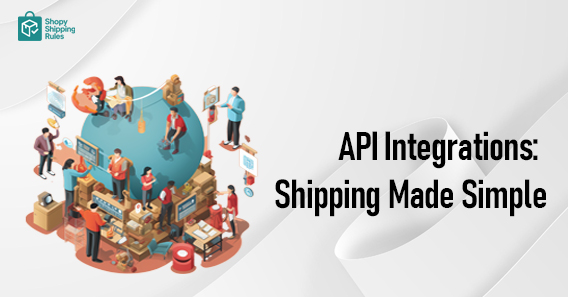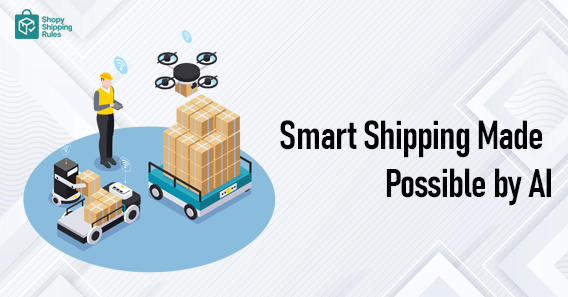Shipping Tech
5 months ago
How API Integrations Are Powering Next-Gen Shipping Platforms

READY TO GET STARTED?
Join us, 10+ businesses transforming their user experience with Shopy Shipping Rules.
Choose Plan- Set up in minutes—no coding required.
- 24/7 support to help you every step of the way.
- Boost accuracy and speed at checkout from day one.

